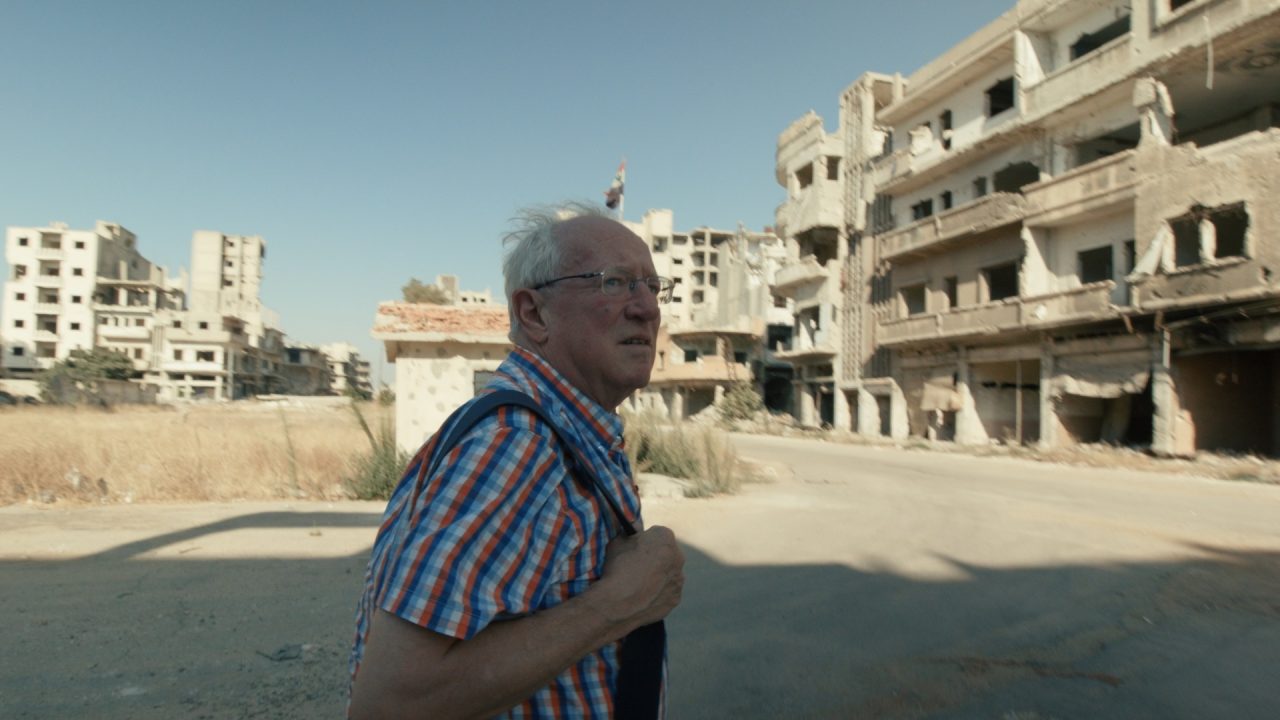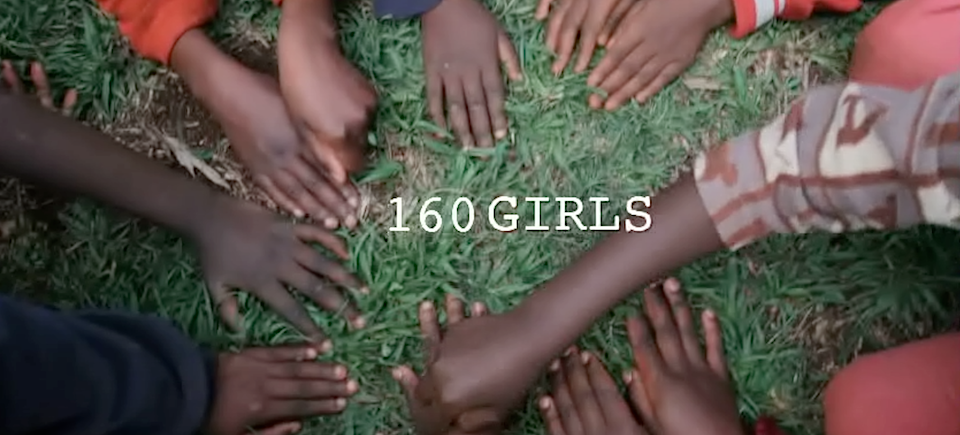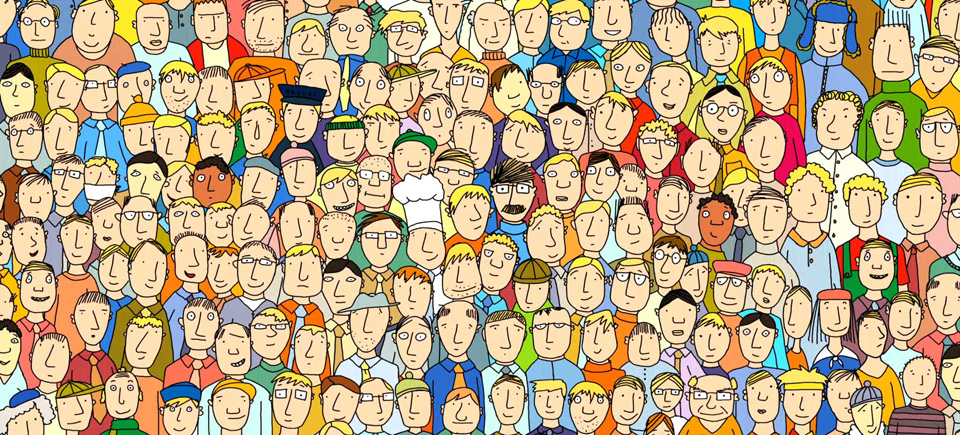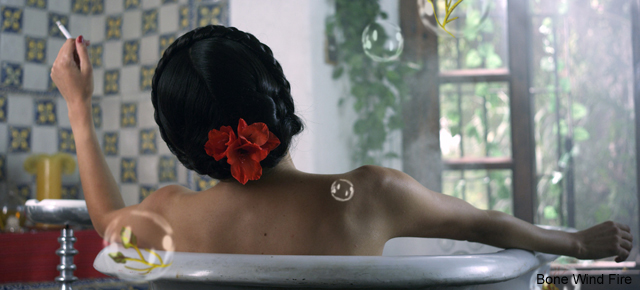Filmmaker Ann Marie Fleming talks about how to tell someone else’s story
The following is a guest post by Ann Marie Fleming.
The following is a guest post by Ann Marie Fleming.
This is the second post from Ann Marie Fleming, who is at DOK Leipzig with her film I Was A Child Of Holocaust Survivors. Read her first post here.
***
Spoiler Alert: I Was A Child of Holocaust Survivors didn’t win a prize at DOK Leipzig. Logorama won Best Animated Film (it won the Oscar last year). Best Documentary went to Vodka Factory, Best Short went to Perfect Summer.
***
Last Thursday was my last screening of I Was A Child of Holocaust Survivors. It was part of the animated docs program. There’s no Q&A after the films, but there was the panel discussion about personal animated documentaries with Andy Glynne, director of London’s The Documentary Group.
Andy’s background is in psychology and he made his reputation in the world of the animated docs when he was commissioned to do a series on mental illness. Animation was the perfect way to have people tell their stories and let the audience identify with the issue and not be fixated on the personality.
Annegret Richter moderated the panel. The questions I fielded were about the process, adaptation, dealing with the Holocaust material, how the film progressed, working with another artist’s work. I showed four samples of my work, You Take Care Now (YTCN), New Shoes: An Interview in Exactly 5 Minutes, The Magical Life of Long Tack Sam and I Was A Child of Holocaust Survivors (IWACOHS).
I wanted to show how I’ve been making animated docs for a very long time. My earlier films were considered “experimental,” then that term got shifted to “hybrid” and now “animated documentary”. There was quite a lively discussion about this term. No one could decide exactly what an animated doc was, or even what documentary was, definitively… though I like to pull out Grierson’s “creative treatment of reality,” which kind of leaves it wide open.
I was asked what prepared me to work with someone else’s story. I explained how I had made YTCN so that I could show the subject of the next film (New Shoes) that I could be trusted with telling her story… a personal, very disturbing account of her being shot by her ex-fiancé in a bungled murder-suicide.
I put myself way out on the line with YTCN, which was about being raped and run over. Far from being dour, these films use humour to let you come close to their subject. They let you feel safe enough to be open as a subject.
Years later, The Magical Life of Long Tack Sam – the search for the story of my great grandfather who was a famous world-travelling Chinese vaudeville magician and acrobat… which used the prism of his life to revisit the geopolitics of the 20th century and which posits that history matters, that we are living history and that we ARE all history – was good preparation for the work I had to do for IWACOHS. Family, history, memory… these are the themes of my films. And seeing the political in the personal.
I talked about working with Howie and Lillian and Kevin, who did the animation, and how the film was originally going to have a mixed media format and more of a documentary component, interviews etc… which I ended up chucking out, sticking completely to Bernice’s book, and fully animating the film.
I so much wanted to use archival footage to represent the Holocaust, to make sure the film had verismilitude. There are generations of people out there who don’t know it is not a myth. But when I tried to insert the footage, it had the wrong tone. It didn’t fit with the feel of Bernice’s illustrations or the lyricism of the text. In the end, I felt that the film had an integrity of it’s own. The weight is there, and, riffing on what Andy said, not having the photography there lets you enter into the story.
Someone asked if it was not possible to make fun and light animated documentaries; that Bill Plympton in his master class said if you want to make money, you gotta make it fast, under 3 minutes and it had to be funny. Yeah, well he’s Bill Plympton…
A representative of the Goethe Institute India approached me about becoming involved in developing programs to teaching Indian animators how to develop their storytelling skills. There are a lot of animators in India, but where are their films?
Quite a few people approached me, privately, after the panel. Here, and at other screenings, children of survivors came up to me to acknowledge that they know this story, and that it was so true. This complicated dance of guilt, pride, anger, alienation, silence and love between the generation that survived and the one that came after is being lived by so many people in so many situations all over the world. I tell everyone to read the book… read the book…
It was a privilege to be able to have re-told Bernice’s story and her message of acknowledgement, acceptance and love, for her family and for herself.
It’s all about love.



